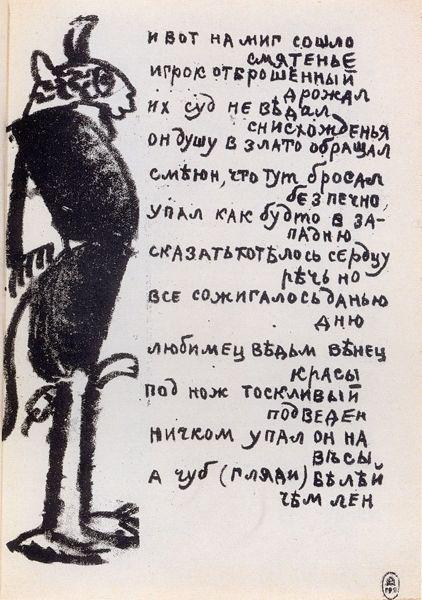Description
The demon work of 1914, of the pioneer of suprematism, Kazimir Malevich, reveals a complexity and a mastery in the use of color and the form that requires a attentive and reflective appreciation. Malevich, contemporary of a Europe in full cultural and political boiling, found a unique form of expression that challenged the conventions of traditional art and opened paths for geometric abstraction. This painting is a testimony of its audacity and innovative vision.
The title of painting, demon, suggests the presence of an entity or a spirit, loaded with metaphysical and emotional implications. However, in its composition, the work moves away from a literal representation. Here are not figures or characters that explicitly identify the demon of the title. Malevich opts for an abstract representation that leaves room for the personal and subjective interpretation of the viewer.
The painting is characterized by a dynamic arrangement of geometric shapes and colors that are intertwined and juxtaposed precisely. The predominant tones are red, blue, black and white, which create a strong and energetic contrast. Red, often associated with passion and violence, could be interpreted as a manifestation of demonic energy, while black can symbolize the mystery and darkness of the stranger. The colors are applied in thick and defined strokes, which confer a rich and palpable texture to the work.
The dialogue between geometric shapes mostly rectangles and soft lines generates a sense of movement and tension. This tension could be interpreted as the struggle between opposite forces or the internal turbulence of a demonic entity. Another interpretation could be the abstract representation of a human inner conflict, an interpretation that is consistent with Malevich's search to express psychological states through abstraction.
This work is in a crucial period of Malevich's career, when his explorations led him to develop suprematism, a movement that advocated the supremacy of pure artistic sensibility about the representation of visual reality. The suprematism was prefigured in works such as demon, where the intention of transcending the figurative to access a higher dimension of aesthetic experience is already perceived.
There are no superfluous elements in demon; Each line and each color area seem carefully calculated to cause an emotional and contemplative response. Here lies a part of the Malevich genius: his ability to communicate deep ideas and feelings through radically fresh and abstract visual language.
Important is also to consider this piece in the historical and cultural context in which it was created. In 1914, Europe was on the verge of World War I, and the artistic and social environment was impregnated with a feeling of crisis and transformation. Malevich's work reflects these tensions and anticipates the ruptures that the conflict would bring, not only in geopolitics, but also in ways of thinking and creating art.
In short, Kazimir Malevich's demon is a work that, through its complex simplicity and its bold abstraction, invites us to enter a territory where color and shape become exploration vehicles of the depths of the soul and of the spirit. Malevich, in his visionary facet, leaves us a legacy that continues to challenge us to see beyond the obvious and find meaning in the pure expression of artistic sensibility.
KUADROS ©, a famous paint on your wall.
Hand-made oil painting reproductions, with the quality of professional artists and the distinctive seal of KUADROS ©.
Art reproduction service with satisfaction guarantee. If you are not completely satisfied with the replica of your painting, we refund your money 100%.

